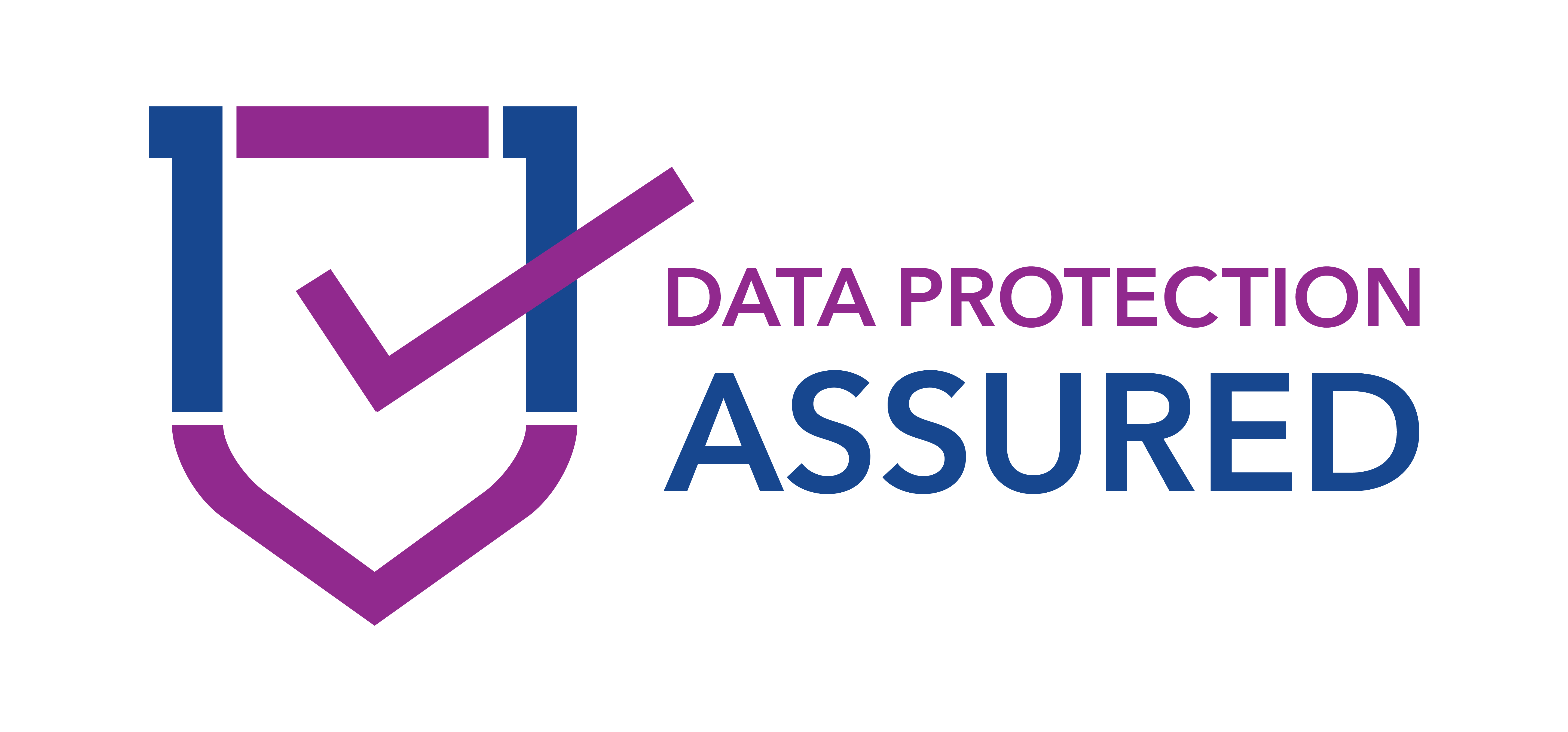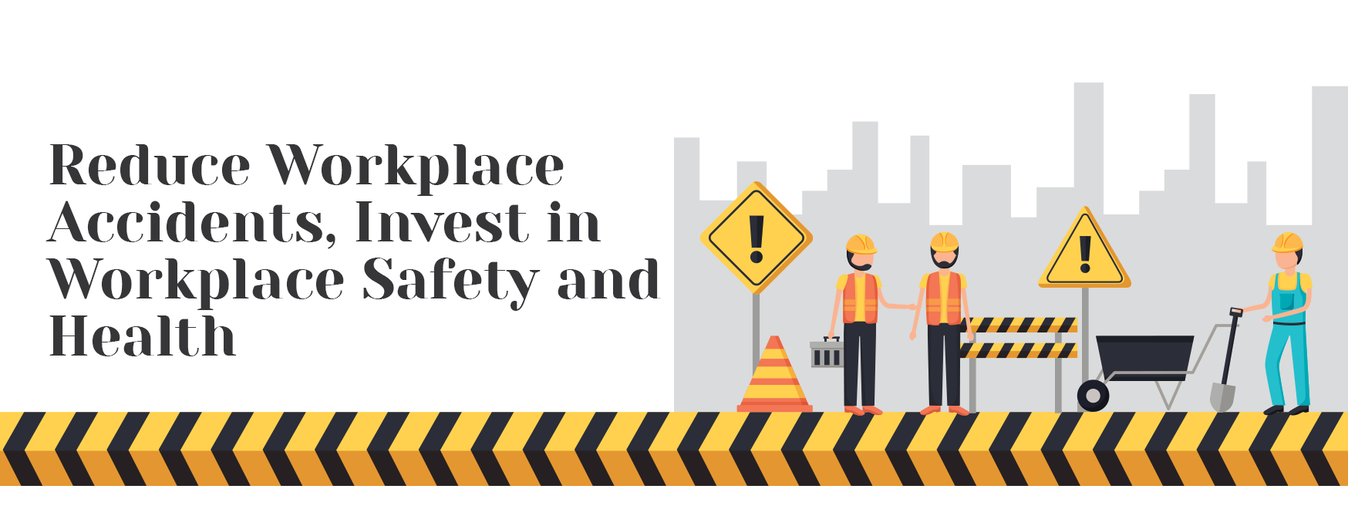When attending a job interview or conducting one, have you ever encountered any candidate asking, "What are the WSH measures you have in place?” Probably never. That is because this is Singapore, an island nation with a reputation for safety that precedes it.
Singapore is a thriving nation with a robust industrial sector that drives its economy. However, this economic success comes with significant workplace safety and health risks. Every year, thousands of workers in Singapore suffer from workplace injuries and illnesses, which result in lost productivity and personal hardships. Training workers on workplace safety and health to mitigate these risks is essential.
Workplace safety and health training are critical to creating a safe and healthy work environment. By educating workers on potential hazards and how to prevent them, employers can reduce the number of workplace accidents and illnesses. When workers are trained to identify risks and understand safety procedures, they can take steps to prevent accidents and protect themselves and their colleagues.

In Singapore, the Workplace Safety and Health Act requires employers to ensure the safety and health of their workers. As part of this obligation, employers must train employees on workplace safety and health. Employers can ensure their workers have the knowledge and skills to identify and address safety risks by investing in training programs. In addition to the legal obligation, there are many benefits to providing workplace safety and health training:
- It reduces the risk of workplace accidents and illnesses, saving employers significant amounts of money in compensation claims, medical bills, and lost productivity.
- It helps create a positive work environment by showing employees that their safety and well-being are top priorities.
- It can improve employee morale and productivity by creating a sense of security and trust.
Training programs can be customised to suit the specific needs of different industries and workplaces. For example, construction workers face additional safety risks than office workers, so their training programs should be tailored accordingly. Many accredited training providers in Singapore offer a range of workplace safety and health courses, including Eduquest.
These WSQ and Non-WSQ courses cover various topics, including hazard identification, risk assessment, safety procedures, emergency response, and more.
In conclusion, investing in workplace safety and health training is essential for employers in Singapore. It is a legal obligation with many benefits, including reducing the risk of accidents and illnesses, improving employee morale and productivity, and creating a positive work environment. Employers who prioritise safety and health training are not only complying with the law but also showing their commitment to the well-being of their workers
lyer Lakshmy Balakrishnan
Curriculum Development Manager
Eduquest International Institute, Singapore





